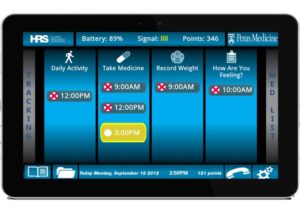Ann Wang and Jessica Willison realized that there are many people around the world with products to sell and that there are also numerous markets in the U.S. to which these people could sell their products. However, the sellers were separated from these U.S. markets by oceans and tens of thousands of miles.
So Ann and Jessica started a website called Enrou. Enrou works with 31 vendors in 57 global communities to provide artisans in other countries and continents with a market for their goods in the U.S. They tailor payments for the goods to the individual vendors’ needs and amenities. “Wages and how we structure payment to artisans really depend on local customs and community needs,” says Jessica Willison. The pair’s main goal is to help the less fortunate in other countries make a better living for themselves. Ann Wang summarizes, “Makers on the ground usually don’t have access to build a future for themselves. Our company is based around giving individuals access to provide a future.”
In addition, Ann and Jessica want to give their customers a window into the lives of the artisans. For each product they sell, Ann and Jessica provide a story about the place and people from which that product originated. It’s a unique aspect to their company that humanizes the workers who produce the products that American consumers take for granted.
Enrou is still young, but Ann and Jessica hope to continue to grow the company and partner with larger organizations to aid their vendors in better ways.





